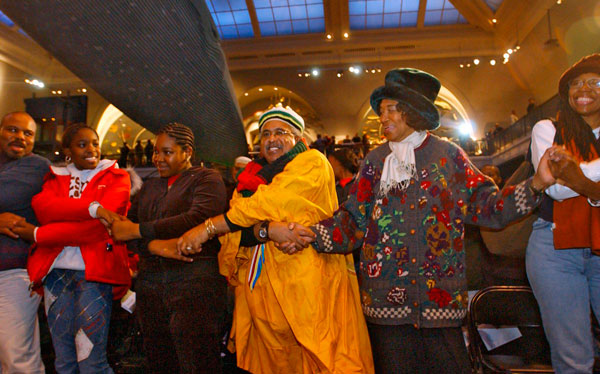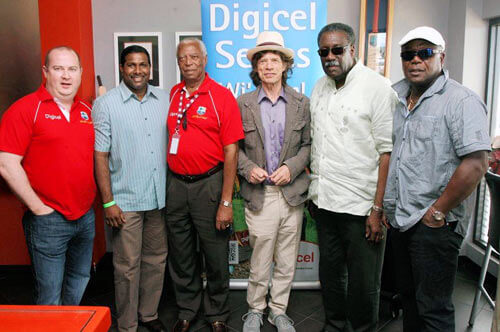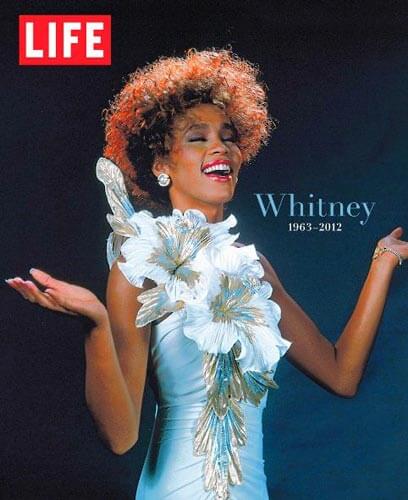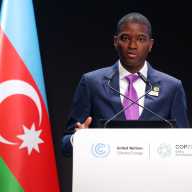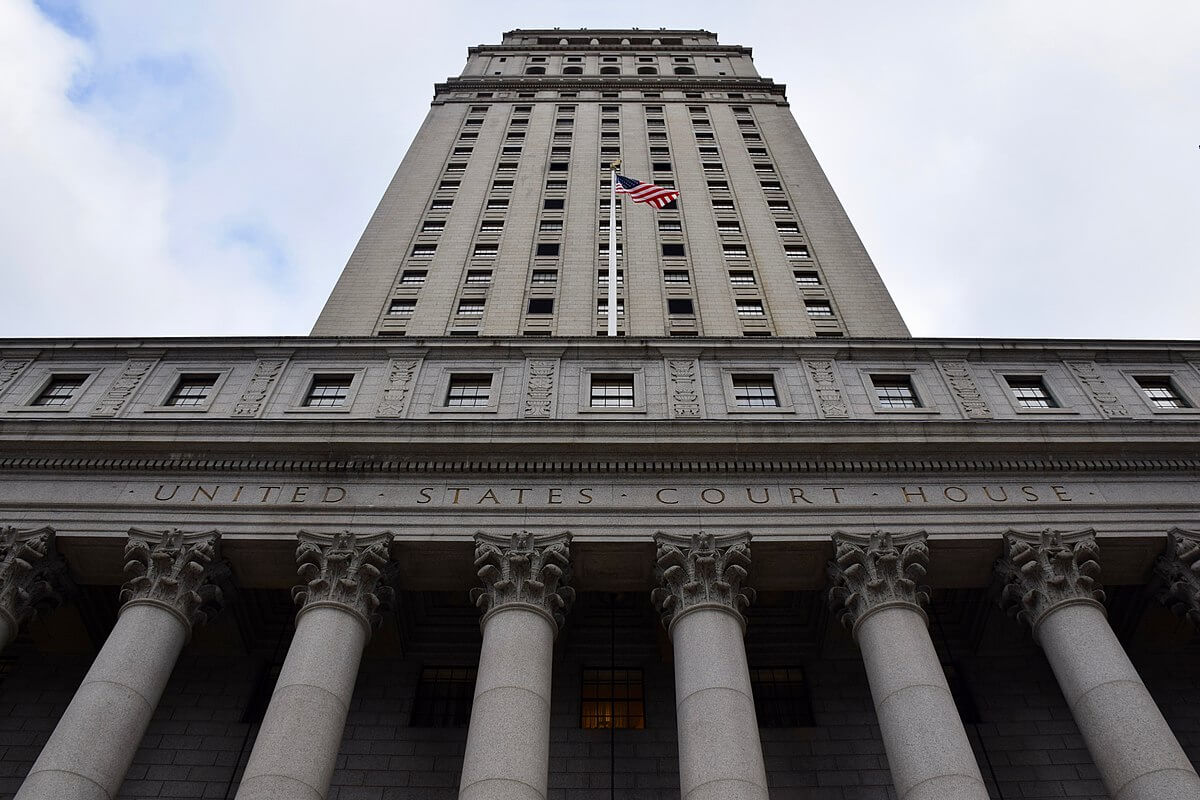More than any other month, December offers an opportunity to practice three significant rituals that truly display the diversity of this city and the people who drive the annual holiday traditions honoring Hanukah, Christmas and Kwanzaa.
“Festival of Lights” was recently celebrated in Jewish tradition from Dec. 6 to 14 with the nightly lighting of eight candles placed inside a menorah. The joyous ritual commemorate the victory of the traditional Jews over the Greeks during the mid-second century B.C.E.
While reinforcing the tenets it also celebrates a miracle that accompanied an event: ‘When the temple was rededicated, God miraculously made the one day’s worth of oil burn brightly for eight days.’
‘Hanukkah may be the Jewish holiday that non-Jews are most familiar, due to its proximity to Christmas,” but according to practitioners “it is not the “Jewish Christmas.”
Hanukkah historically predates Christmas and is a very different celebration.
The central element of the celebration is the menorah.
The festive celebration combines the use of a nine-branched candelabra that symbolizes the seven-branched menorah used during the rededication of the Holy Temple.
‘Eight of the candle holders on the Hanukkah menorah represent the eight nights of the Chanukah celebration, and the ninth holds the “shamash,” the candle that lights the others.’
Another popular Hanukkah tradition finds families engaged with the game of “spin the dreidel.”
A dreidel is a four-sided spinning top with Hebrew letters drawn on each side.
Over the eight-day celebration, one candle is lit at a time. During this time, gifts are exchanged while lighting the candles.
In addition, the ceremony of lighting the Hanukkah menorah serves as a time to reinforce the basic Judaic tenets of: Dedication, Perseverance, Generosity, Remembrance.
Perhaps, the most bedazzling of all is Christmas, the Christian celebration of the birth of Jesus Christ. Although the tradition began with a single guiding star in the sky that led Mary and Joseph to a birthplace for a son who became a savior to a multitude, that singular beam has illuminated to find believers decorating Christmas trees, festive lights and endless days and nights of celebration culminating with a Dec. 25 massive celebration…in churches, homes, and even in the dancehalls.
Unlike Christmas or Hannukah whose beginnings trace back thousands of years, Kwanzaa originated in the mid-20th century. It is a celebration of African Americans that is very unique to that of other traditional December holidays in that there is no religious connection to its practice. Kwanzaa is the brain child of Dr. Mualena Karenga, the chairman and professor of Black studies at California State University, Long Beach.
He developed the Kwanzaa holiday as a positive response to the Watts riots. And annually he marks the tradition in Harlem or Brooklyn hosting Kwanza ceremonies.
The name Kwanzaa originates from the Swahili phrase “matunda ya kwanza,” which translates to “first fruits.”
Some of the tenets associates seven days of celebration dedicated to marking and exploring seven principles to honor by lighting a candle dedicated to that day. The seven candles are red – three, three green and one black placed in the middle of the Kinara (candle holder) each night to honor the principle for the day.
The seven principles of Kwanzaa are collectively called Nguzo Saba.
Umoja – Unity
Kujichagulia – Self-determination
Ujima – Collective work and responsibility
Ujamma – Cooperative economics
Nia – Purpose
Kuumba – Creativity
Imani – Faith
Integral to the celebration is food and feasts that many combine for family gatherings.
Traditional dishes from various African countries are cooked to honor and explore the African culture. Kwanzaa dishes can vary greatly depending on how the family celebrates.
In contrast to indulging masses amounts of food, some families may also choose to eliminate food from their regular routine by fasting.
Another practice has also been total elimination of meat for the six day until the big feast of Karamu, on the final day.
For all three celebrations, postage stamps are available from USPS to ensure Forever pricing annually of domestic mail throughout the season.
SUN MIDDLE COLLECTIVE MARKS KWANZA @ MEC
Anyone wishing to sample a Kwanza celebration can get first-hand practice from organizers of the annual ritual dedicated to feeding the needy. Slated again at Medgar Evers College, 150 Carroll St., the Brooklyn annual begins at noon on Dec. 18 and once again invites needy families and individuals to join the celebration.
“Feed the Needy” is a MEC tradition that also invites neighborhood shelter residents to have lunch and receive gifts.
Along with those philanthropic offers, the event provides an African market place and concert with spoken word, drumming, and dance performances.
Shanto, Kow Teff and others will provide the entertainment.
Hosted by The People of the Sun Middle Passage Collective, free meals and gifts for children annually delight guests who linger through hours of cultural engagements.
For more information, contact Akeem, at akeem
Whatever the tradition, Have a peaceful and joyous holiday. And if Boxing Day — the day after Christmas — indelibly inscribes the British tradition hopefully sorrel, ginger beer will provide a delightful beverage to imbibe. Cheers!
Catch You On The Inside!


